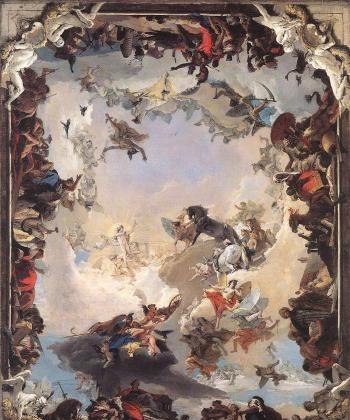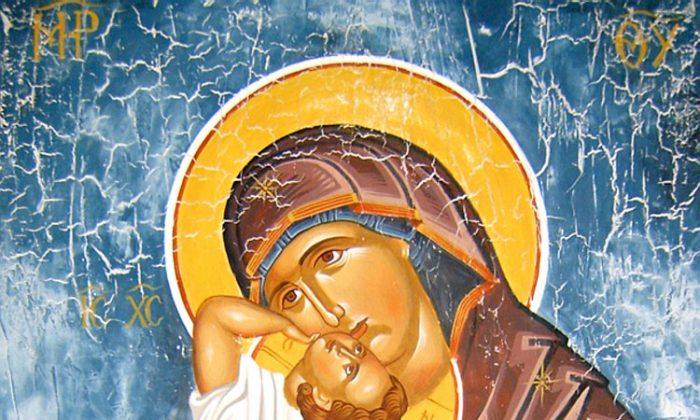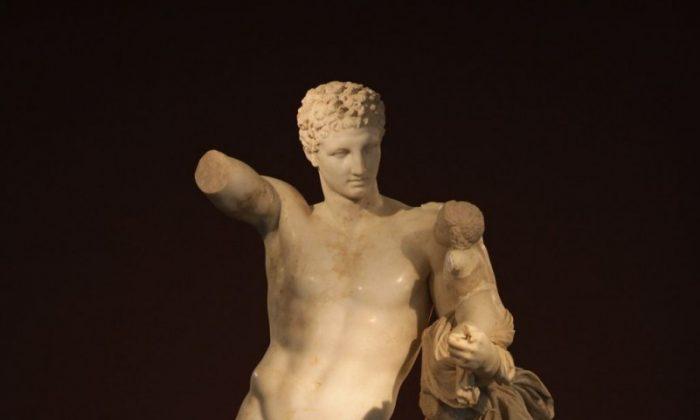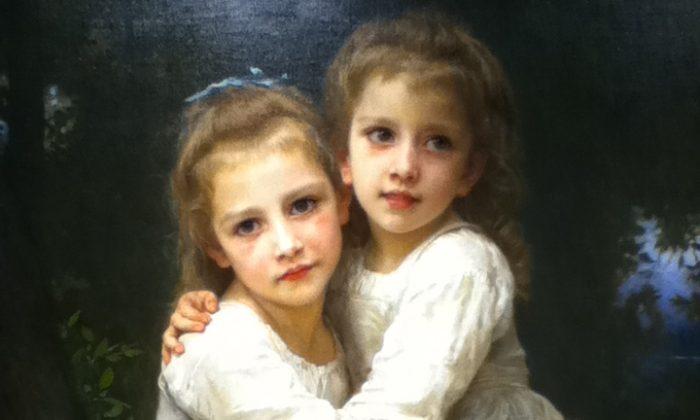“The Allegory of the Planets and Continents,” the 1752 painting by Giovanni Battista Tiepolo, can be read almost like a star chart of the spirit.
Astronomers had arsenals of reflector telescopes aimed at the celestial bodies swirling in the night sky. In the 18th century, the solar system had been plotted and mapped. Detailed descriptions of the orbits of the planets and satellites were all charted.
Tiepolo painted a frescoed allegory of the heart of mankind and its relationship to the stars as the viewer looked up, not to see cold darkness, but a pulsating, vivid universe filled with life and activity.
The fresco was painted in Würzburg, Germany, in the decadent palace of Prince-Bishop Carl Philipp von Greiffenclau.
Tiepolo depicted Apollo, illuminated near the center of the painting, as guiding the sun across its daily journey through the sky. From their high perches, the Olympian gods tend to the planets and guide humanity as they look down at the four continents of Asia, Europe, Africa, and America that rim the painting.
On the bottom of the painting, Greek or Roman temples and musicians playing violins and cellos make up Europe and the Western world. Elephants and stonemasons on the left represent Africa. The plumed warriors above suggest the Americas. On the right is Asia, depicted with a camel, merchants, and scholars.
It’s a painting of a seemingly chaotic scene. The composition of the painting gives the picture its intended order.
Everything cascades down as the Olympian gods, in a seemingly joyous celebration, start an epic day as they float effortlessly and in grandeur atop clouds. The deities have broad, expressive, and poignant gestures unhindered in a near-eternal background. They complete their tasks with a slight gesture.
On earth, tools, livestock, the rich, the poor, the idle, and the hardworking brim the edge of the painting. People roll, billow, and stumble around in a never-erect posture, always weighed down by gravity and the task of staying alive. The young and old intermingle in a world of impermanence.
Directly above Apollo is Mercury, signaling for Apollo’s horses to be reined in and strapped up for the chariot used by Apollo to begin his journey.
In the dark cloud below Apollo is Mars, the god of war, and Venus. They seem to be talking and looking down toward Europe, where halberds and spears can be seen in the distance. This may suggest war on the horizon, as the scale of punishment for wrong deeds must be tipped to keep the balance.
In a fun and fantastic scene, Tiepolo gives an easygoing display of the struggles and yearnings of mankind. As the celestial bodies twirl in a dance through the night sky, it is almost an impulse to wonder about life. In von Greiffenclau’s palace, as one looks up, the same mystery baffles the viewer.






Friends Read Free